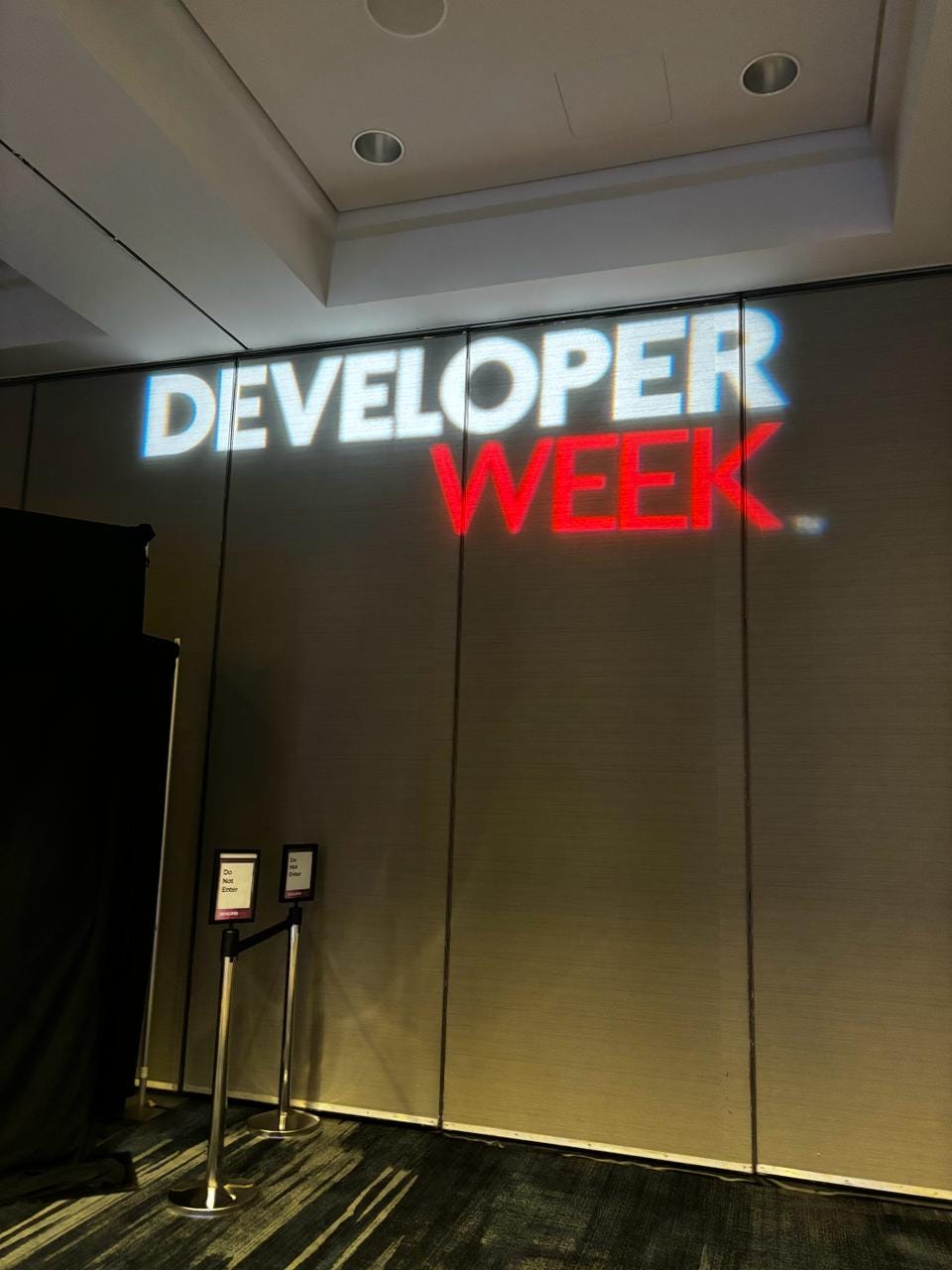#14 Why LinkedIn Should Add Activity Score for Better Networking?
As a Product Manager @ LinkedIn Profiles, proposing Activity Score
Introduction

From the last one year, I spent most of my digital time on LinkedIn, creating and consuming a lot of content from great people that I met on this platform.
I grew my LinkedIn from 50 to 300K+ impressions which is 4000% growth in one year (Feb 2023 to Jan 2024). — Celebration Post
LinkedIn has become my daily dopamine more than Instagram, so most of the problems I see could be from LinkedIn because of high usage.
I always made sure to add a really short note when sending requests to people those I want to expand my network with.
Guess what? I didn’t see the expected growth in my acceptance rate as compared to my impressions. So what is wrong here?
I added short notes — it’s not a random note, I literally spend a minute to understand their experience and is there any match that I could pick and reach out.
Still, what else am I missing?
I started analyzing my approach and the messages a lot but then realized that a major factor is missing in the game.
“Recent Activity” — we are going to hit this bull’s eye today!
LinkedIn shows “There is no recent activity” message in the profile, I learnt that I shouldn’t spend my time on such profiles.
What if they are not actively engaging but coming active on LinkedIn at certain times or days of the week?
Are they only interested to respond to limited topics?
This is a grey area and people waste their connection requests or inmails sending to them expecting a response but they never get it or they receive response 6 months later. (It happened with me — I got a response recently to the message I sent 6 months back) 🤷
Problem
LinkedIn users send 100s of connection request messages and they might get 10 responses — that’s a huge win. Although influencers suggest to check recent activity on profile before messaging, it’s always hard to guess who is active and who is not on LinkedIn.
This creates a waste of connection requests quota allocated per week and there is no networking experience as users focus on sending messages to 100s every week expecting responses with hope.
Why Now?
LinkedIn has 1 billion members now on it’s platform and it’s over-flooded with lot of content creators, people who type (“interested”) in comments, and people who post to ask emails, people who send generic template messages.
Where is the true magic of networking?
How do we find right people who can respond or at least accept the connection request?
I always thought that people are not interested in networking or not sure of how it’s done except asking referrals.
The reality is the platform itself is not supporting users to experience the networking.
Proposed Solution
What can we do to make it better?
Drum rolls…. 🥁
Introducing “Activity Score”….!
Yes, it’s self explanatory and it’s high-time LinkedIn should bring this to profiles.
Instead of top voice badges, this Activity score adds a huge and real value to every user on platform. It is awarded to every profile based on their posting frequency, connections engagement, active time on platform, profile updates, etc..,
There can be a huge debate on what factors can be considered and what not.
I wish I could be part of such discussions when those happen internally at LinkedIn.
Now when you open a profile to send connection message, you can see the score and get an understanding of how much active this person really is on this platform.
You don’t need to waste time, messages, and save it for someone who actually cares about new connections on the platform.
Trade-offs and Risks
The biggest pushback will be the visibility of this activity score, who can see and who cannot and when it’s linked with networking experience, does that mean only premium users get real networking? (might be!)
How does the core algorithm should be impacted? — does less activity score mean their profile doesn’t show up? (imagine you are searching for a job without any activity on LinkedIn — you are far from recruiter?)
Does content creators get high activity scores? (how about normal / general users?)
Defining the factors and may be levels of “Activity Score” is the biggest challenge because activity as a definition means different for different people.
Conclusion
We believe that LinkedIn users face a poor experience in networking and get lost in messaging and trying to find active people on platform.
If we implement “Activity Score” on profiles, this gives a better visibility and helps them decide where they need to spend their time.
Results in a better networking experience because now people can find people who have a better activity score.
If you have any feedback, please comment on this newsletter or reach out to me directly on LinkedIn
Please like this post if you like these one-pagers so that I could find more interesting problems.
What I enjoyed this week?
I attended Product World 2024 organized by Developer Week at Oakland and it’s an action-packed insights on everything about product.
Connected with some of the startups and most of them are one of these:
Developer Productivity boosters
API Management
And….
YC Started it’s own podcast: Lightcone and here is the first episode.
In 2023, 50% of startups that YC funded are AI-driven (as expected) and they always have a pivot idea from one arena to other, another fun fact is AI companies are automating boring tasks.
Yeah, there are not innovative but there are taking care of back-office tasks which are boring and repeatitive to do as a human.
As we continue to grow and evolve together, your feedback is invaluable in shaping the direction of my content. I'd love to hear which topics you're most interested in seeing in upcoming editions of the newsletter.
Please take a quick moment to vote on the topics you'd like to see more!







